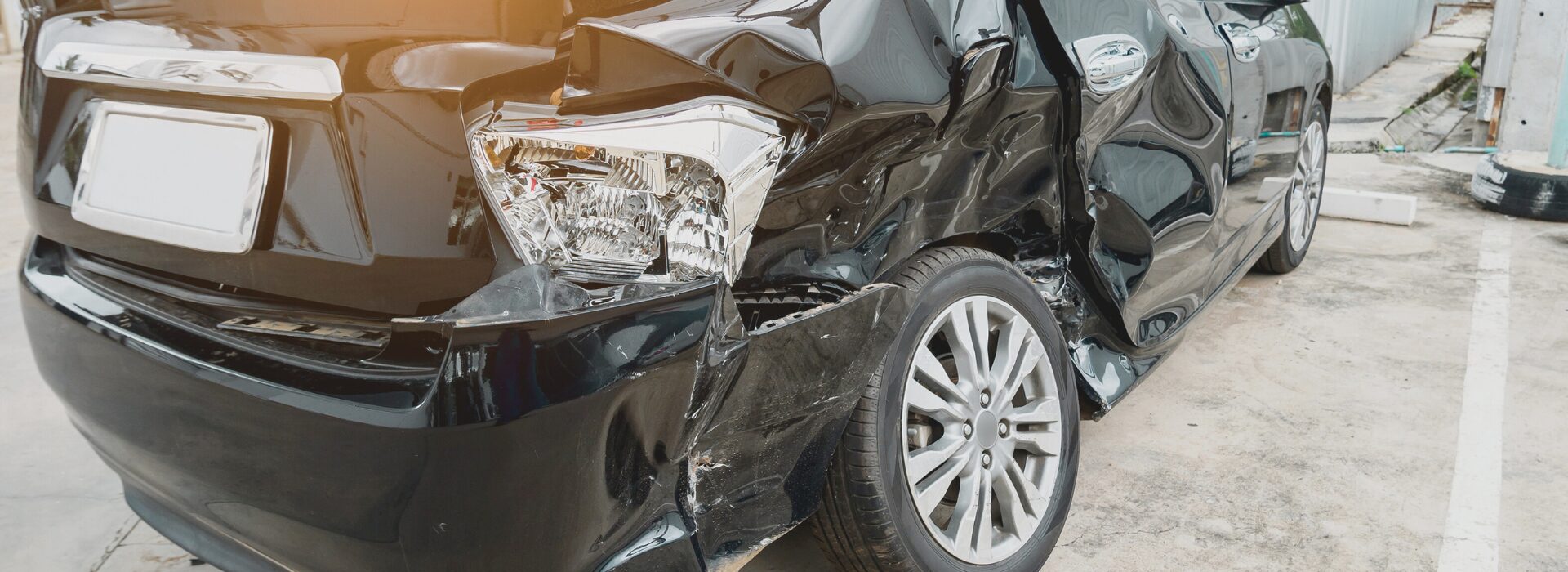Alberta Rules of the Road is the shorthand term for the regulation known as Use of the Highway and Rules of the Road Regulation. When you are injured in a motor vehicle accident and want to pursue a lawsuit to compensate you for your injuries, generally you sue for something called “Negligence.” In simple terms, negligence is a legal cause of action that is essentially available when an individual acts in an unreasonable manner and in the process end up creating harm to another which was reasonably foreseeable. Now when determining the standard of conduct or standard of care, as we call it, to which the individual is held part of the analysis will consider any relevant laws or regulations. In the context of a motor vehicle accident that occurs in Alberta, this will often involve the Use of the Highway and Rules of the Road Regulation or the “Alberta Rules of the Road”.
What is the Use of the Highway and Rules of the Road Regulation?
The Use of the Highway and Rules of the Road Regulation is a regulation enacted by the government of Alberta. It enacts various obligations, and offences that constrain driver’s action and gives direction as to how a motor vehicle is to be operated on Alberta Roads.
Alberta Rules of the Road – What are some examples of driver obligations under the Use of the Highway and Rules of the Road Regulation?
As per s 18 of the regulation, a person driving a vehicle shall not drive the vehicle so as to follow another vehicle more closely than is reasonable having regard to the speed of the vehicles, the amount of traffic, and the condition of the highway. This is often the section that comes into play with rear-end collisions and aims to prevent drivers from following too closely.
The flipside to this is that as per s 15 (2) when making a lane change a driver must signal their intent to do so and give the signal insufficient time to provide reasonable warning to other persons of the driver’s intention to change lanes. Meaning that failure to signal or changing lanes too quickly while signalling could result in you being found at fault in the event that you are rear-ended.
S34(2) indicates that drivers are not permitted to make a left turn or attempt such a turn at an intersection unless the turn can be completed in safety. Meaning that when you are facing a solid green light you have an obligation to ensure that there is no oncoming traffic that could lead to a collision before engaging in your left turn. To learn more about left-turn liability read our blog on the subject here.
S 41(1) indicates that drivers are to yield right of way to pedestrians crossing in a crosswalk. While s 41(3) indicates that vehicles have right of way over pedestrians unless otherwise directed by a peace officer or traffic control device. However, it is important to note that as per s 41(4) of the regulation that these drivers do still have an obligation to exercise care for the safety of pedestrians. Practically what this means is that there would be the potential for a “contributory negligence” deduction from the plaintiffs final award, in many cases, the driver would still be found to bare some of the responsibility for the accident.
S 53 specifies that when you are approaching a yellow light shown at the same time as or following a green light, you must stop the vehicle before entering the marked crosswalk on the near side of the intersection in the case of an intersection unless you cannot do so in safety. While if you are approaching a yellow light shown at the same time as or following a green light at a place other than the intersection you must stop before the area subject to the signal or the nearest crosswalk in the vicinity of the signal unless you cannot do so in safety. This means that late entry on a yellow light resulting in a collision may ground a case for negligence against the late entering driver.
These are just a few of the examples among countless others contained within the regulation.
What if the Alberta Rules of the Road regulation does not have a section for an act committed by the other driver in my case?
Even if the action of the other driver does not violate anything explicitly outlined in the Rules of the Road Regulation, you may still be able to ground a case for negligence if the other driver has failed to exercise sufficient care in their action.
If I believe another driver has violated the law and I have been injured as a result, what should I do?
You should report the accident to the police and attend with your doctor for an examination as soon as possible. These are important steps to ensure that your case and injuries are properly documented. You should then seek a consultation with an experienced injury lawyer.
If you are looking for representation for your motor vehicle accident-related injuries call James H. Brown and Associates today for your free consultation! We want to hear from you! James H. Brown & Associates are renowned as Alberta’s precedent-setting law firm. We have over 250 years of combined injury law experience and can help you understand the Alberta Rules of the Road regulations. We offer free injury claim evaluations, and there is no obligation after your consultation with us. If you have been injured and are uncertain what to do next, contact us today.


















